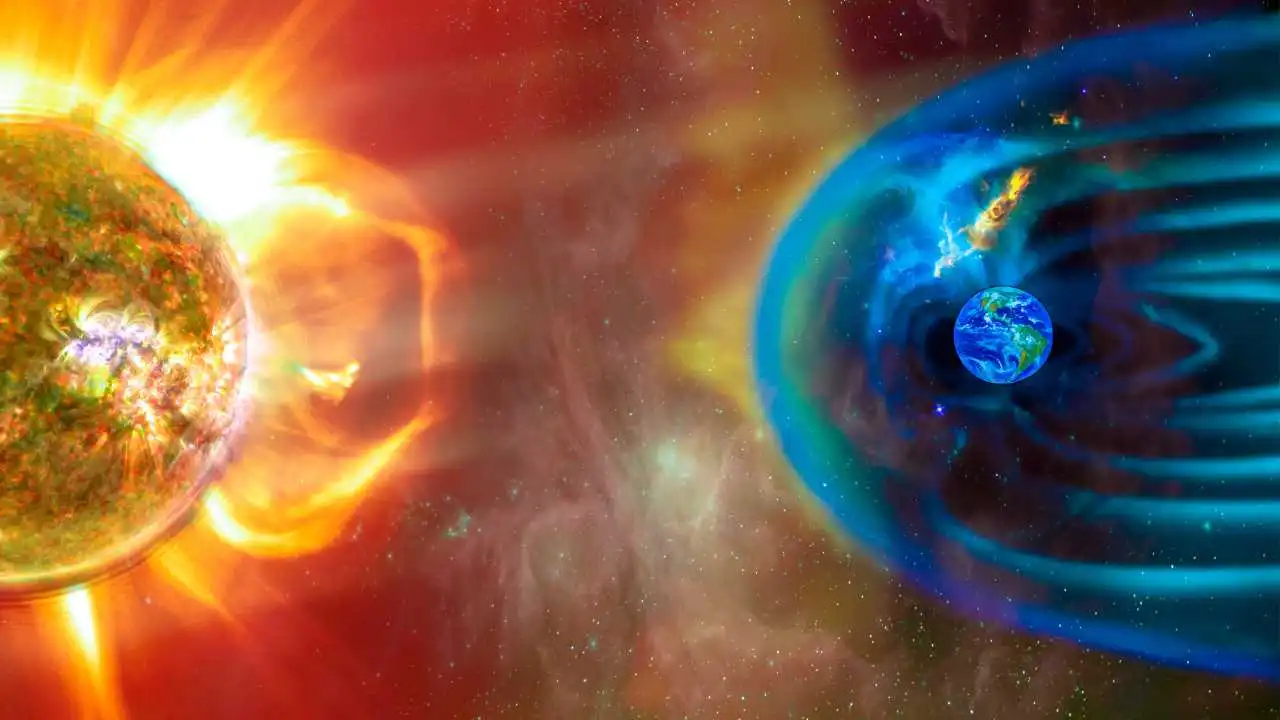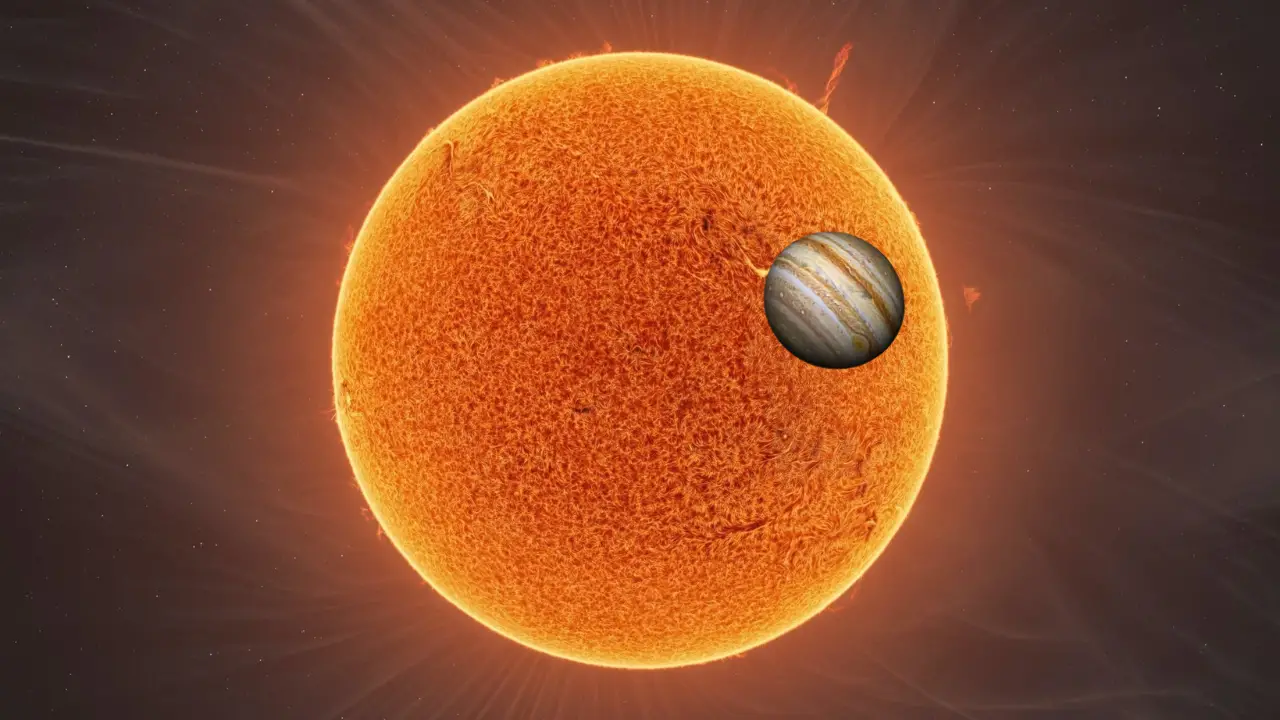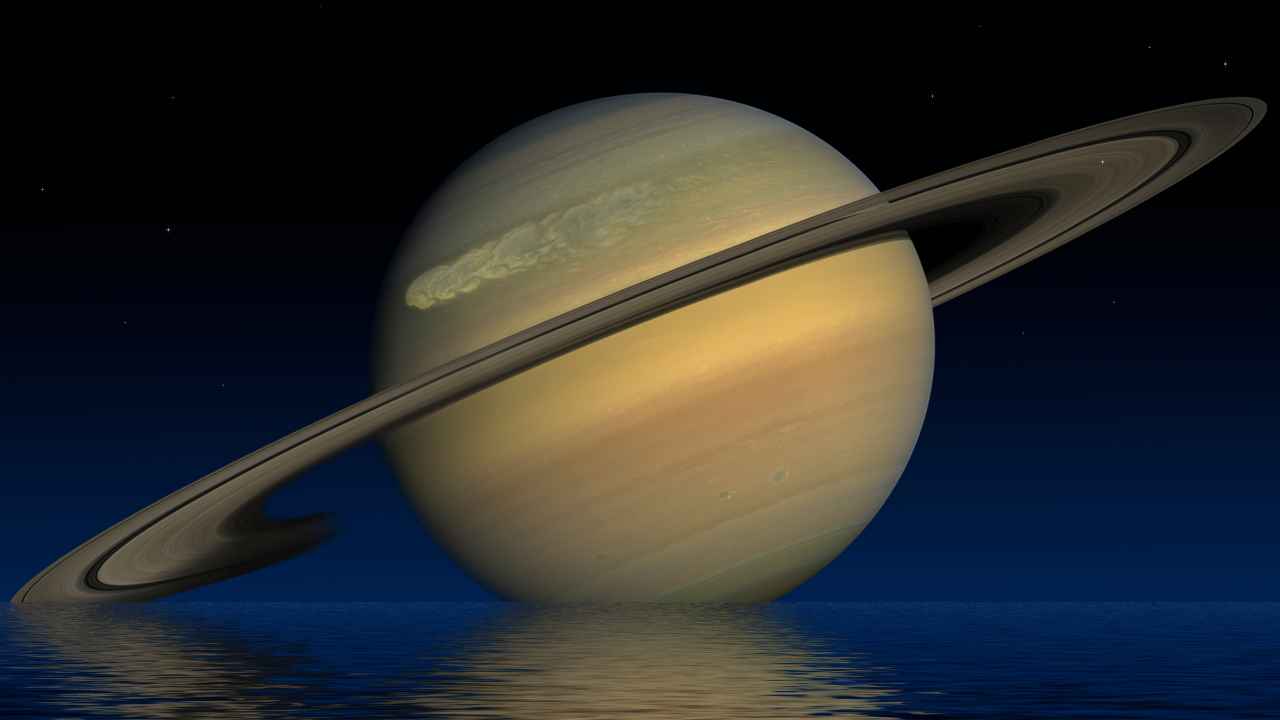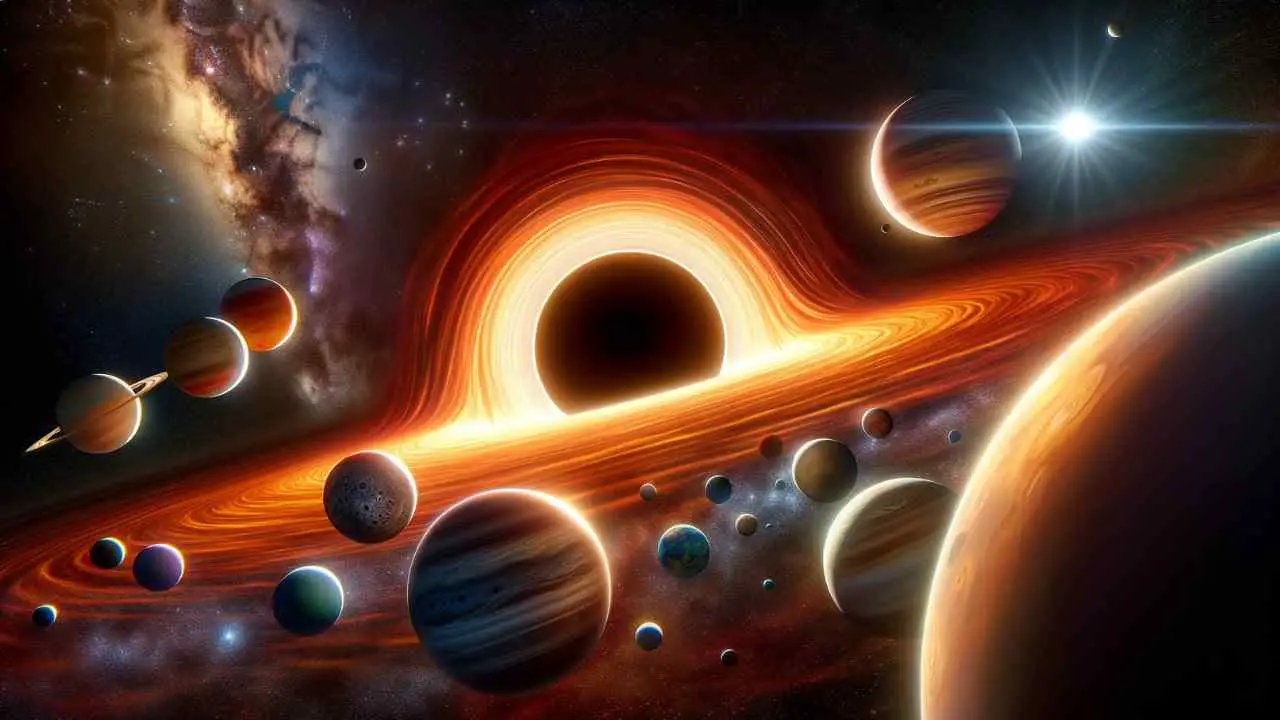Category: Astronomy
How Many Planets Are There In The Milky Way?
The universe that surrounds us contains billions of galaxies and trillions of stars and planets in them. Scientists have used different methods to estimate these numbers to get an idea of how big the universe actually is. Here, we will let you know about the number of planets that are there in the milky way…
Written by
Where Does The Sun’s Magnetic Field Come From?
The sun is a glowing ball of gasses at the centre of our solar system. It is made of a gas-like material called plasma, consisting of charged particles. The sun not only provides the energy necessary for life on Earth but also generates a powerful and complex magnetic field. This magnetic field affects many solar…
Written by
Jupiter vs Sun: How Many Jupiters Can Fit Into The Sun?
The Sun and Jupiter are two of the largest celestial bodies in the solar system. The Sun is a star, while Jupiter is the largest planet. Both are incredibly massive, but they have very different sizes. Imagine the Sun as a giant container and Jupiter as smaller balls. The Sun is much bigger than Jupiter.…
Written by
When Will Saturn’s Rings Disappear?
Saturn’s rings are the most complex and enormous ring system of any planet in the solar system. It consists of countless icy particles ranging in size from tiny grains to large mountains. The icy particles mainly consist of water ice with traces of rocky material. These rings are divided into several main sections and given…
Written by
How Many Earths Would Fit in the Sun? Earth Size Compared to Sun
The Sun is a blazing celestial giant, which captivates our cosmic curiosity. The Sun is our solar system’s central star. Through the process of nuclear fusion, it transforms hydrogen into helium, producing a staggering 4 million tons of energy every second. This energy, emitted as light and radiation, plays a crucial role in sustaining life…
Written by
Where is the Earth in the Milky Way? Earth and the Milky Way
Earth resides approximately 26,000 light-years away from the galactic centre. Our planet finds its place within one of the vast expanse of the Milky Way’s spiral arms, known as the Orion Arm. Understanding our position within the Milky Way opens a gateway to unravelling the grandeur and mysteries of the universe. Let’s dive deep into…
Written by
How Many Black Holes Are There?
Estimating the number of black holes is difficult because they are not directly detectable, however, astronomers are tirelessly working to determine the number of black holes up there in space. Before we get on to the question: “How Many Black Holes Are There?” We need to know that there are about three types of black…
Written by
Parasitic Black Holes Could Be Hiding Inside Stars
A new paper has been introduced in the world of black holes according to which astronomers might have found a new variant of black holes, named Parasitic Black Hole. Parasitic black holes as the name suggests are such parasites that live within other stars and can potentially disturb their functionality and life cycle. Let’s dive…
Written by
What Is The Hottest Thing In The Universe?
Supernova is considered the hottest thing in the universe, reaching a million degrees Celsius. It is recorded that supernovas might have been discovered before the early 17th century. Supernovae are a mostly rare event in our galaxy. Supernovae play a crucial role in various astrophysical processes, shaping the cosmos and enriching the universe with heavy…
Written by









